Riot Games celebrates 16 years of League of Legends, its masterpiece
The 27th of October, 2009 marked the birth of League of Legends, the video game that redefined the MOBA genre and established Riot Games as one of the most influential studios in the world. Sixteen years later, the title not only remains relevant but continues to expand as an ever-evolving universe, with millions of players, an international competitive scene, and multiple spin-off products.
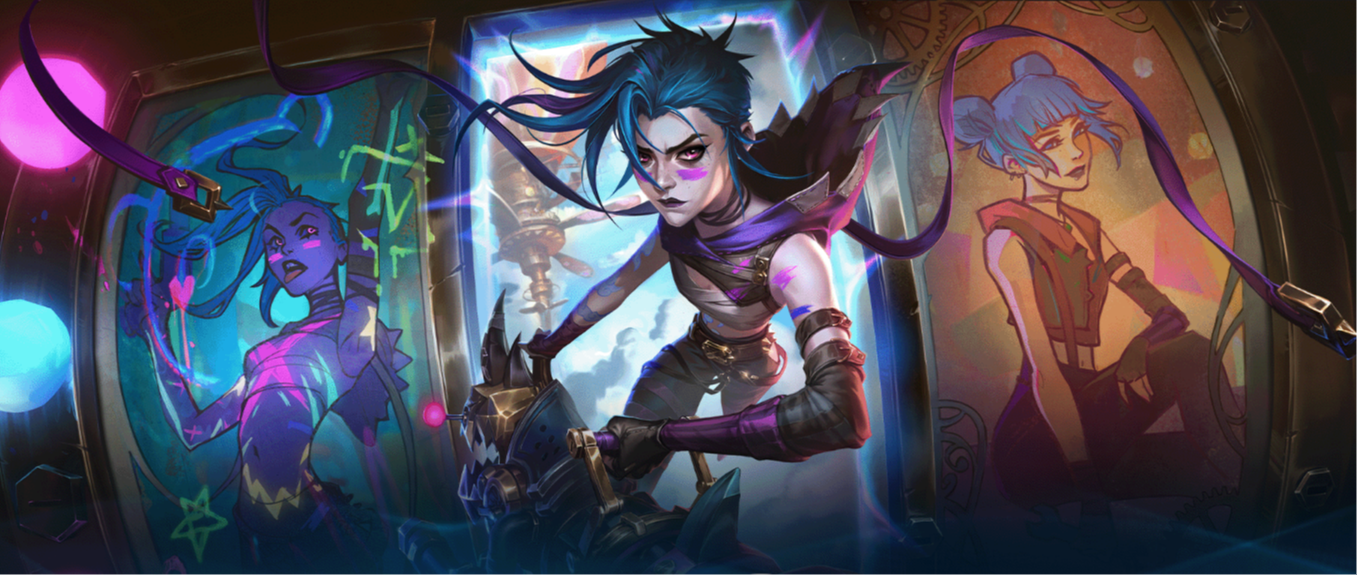
Origins: From a Mod to a Phenomenon
When League of Legends was officially released in 2009, its concept was groundbreaking for its time. Riot Games sought to bring the essence of the popular Defense of the Ancients (DotA) mod into a standalone, accessible, and constantly updated experience.
From the beginning, the game adopted a free-to-play model, allowing anyone to download it at no cost. Revenue came from the sale of skins and other cosmetic items — a strategy that would later become an industry standard.
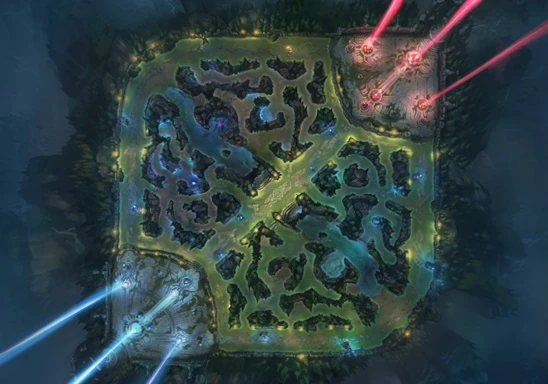
At launch, the game featured only a handful of champions and a single main map: Summoner’s Rift, which soon became synonymous with strategic five-versus-five battles. Riot’s promise was clear: to improve and expand the game continuously while listening to its community.
Growth and Global Expansion
Over the years, League of Legends has significantly expanded its content. Today, it features more than 170 champions, each with their own story, style, and mechanics. As its player base grew, the game adapted to new platforms, adding versions and localization for regions such as Latin America, Asia, and Europe.
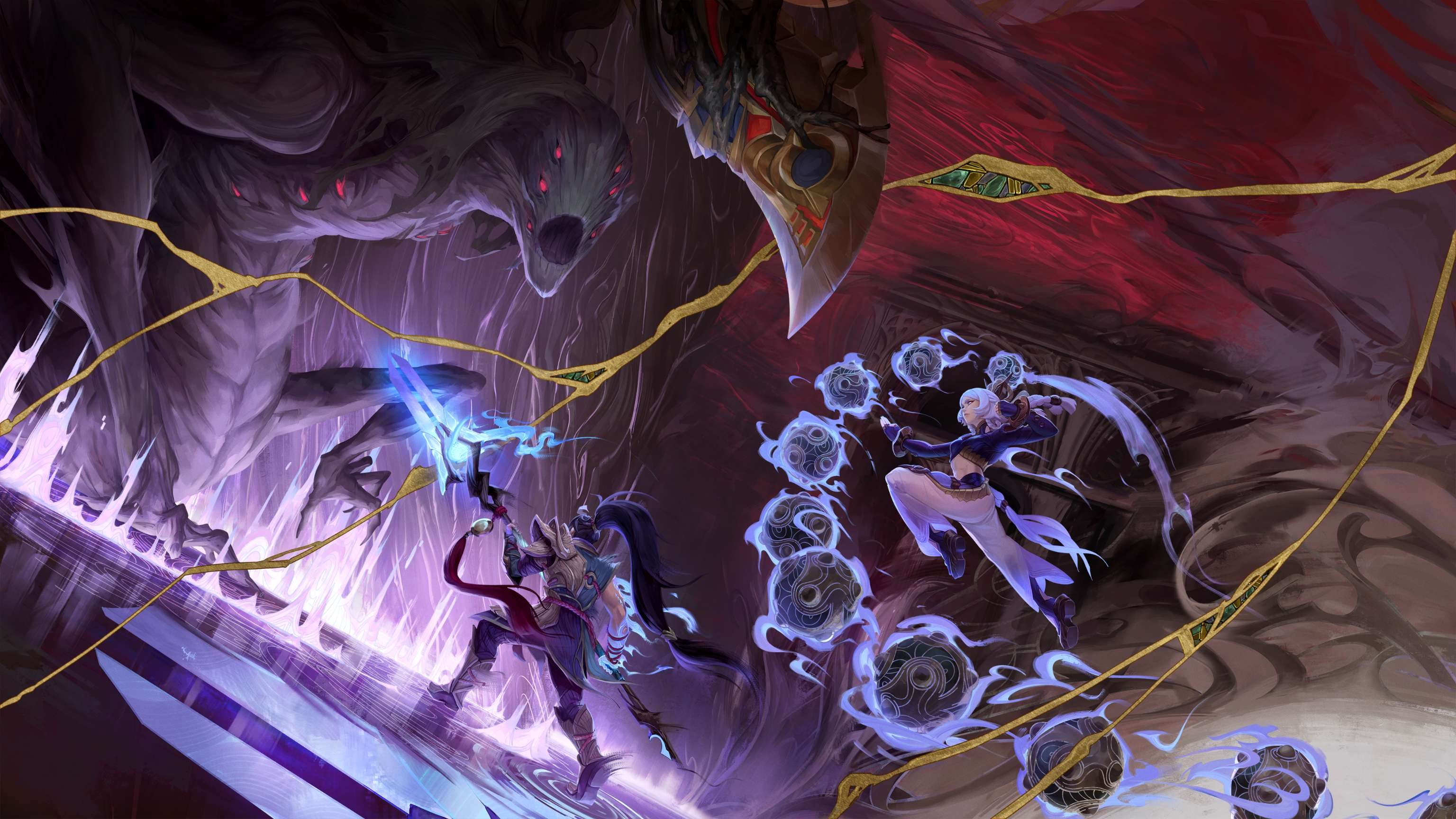
In 2013, the macOS version was released, and later the game’s universe expanded into other formats: comics, spin-offs, mobile titles, and the animated series Arcane (2021), which reignited interest in the lore of Runeterra — the world where its stories unfold.
The Impact on Esports
One of League of Legends’ greatest contributions to the industry was the professionalization of esports. Since 2011, Riot Games has organized the World Championship, an annual tournament bringing together the world’s top teams — with finals reaching tens of millions of simultaneous viewers.
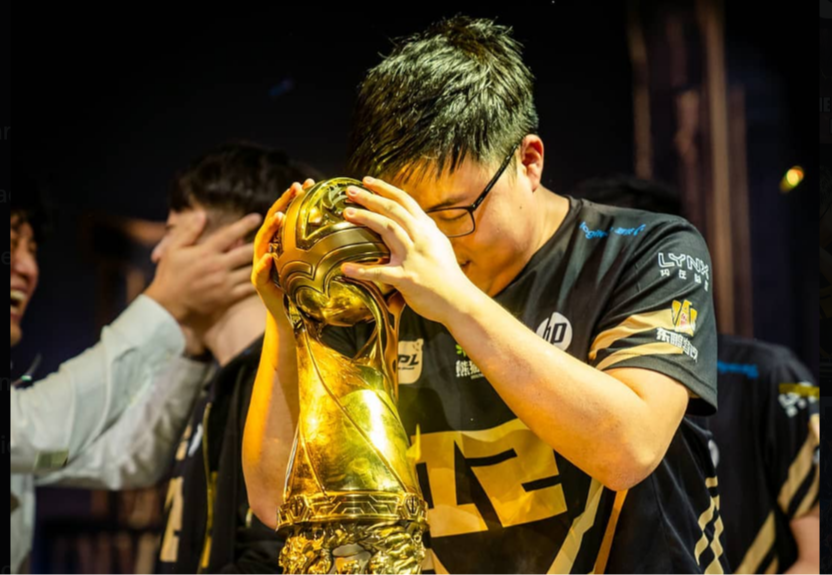
The company also established permanent regional leagues — such as the LCK (Korea), LEC (Europe), LCS (North America), and LLA (Latin America) — building a competitive structure similar to traditional sports, with franchises, seasons, and professional players.
This ecosystem not only fueled the careers of thousands of players and content creators but also turned the game into a cultural reference point, featuring massive events and opening ceremonies rivaling global sporting spectacles.
A Sustainable Business Model
The free-to-play model has been one of the key factors behind League of Legends’ success. Unlike many contemporary titles, Riot Games has maintained a policy where in-game purchases do not provide competitive advantages, only cosmetic enhancements.
This approach allowed the company to maintain a loyal player base while sustaining profitability and funding continuous development of new champions, modes, and events.
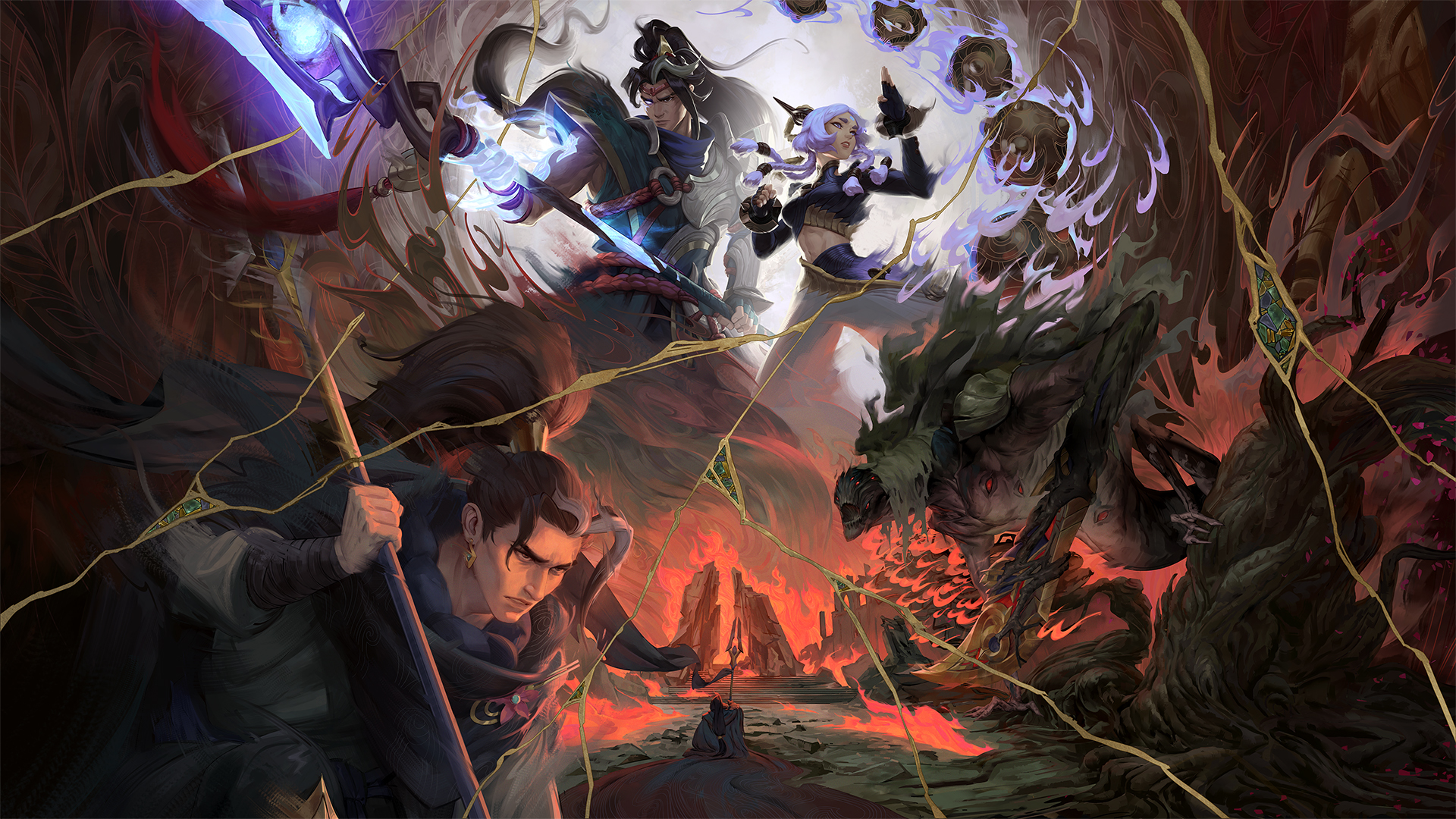
Over time, Riot expanded this ecosystem with complementary products such as Teamfight Tactics (2019), Legends of Runeterra (2020), and Valorant (2020), all set within or inspired by the League of Legends universe.
Challenges and Lessons Along the Way
The game’s success also came with challenges. One of the most persistent has been managing community toxicity, a recurring issue in multiplayer titles. Riot Games has implemented systems for reporting, sanctions, and behavior-based rewards to improve the online experience.
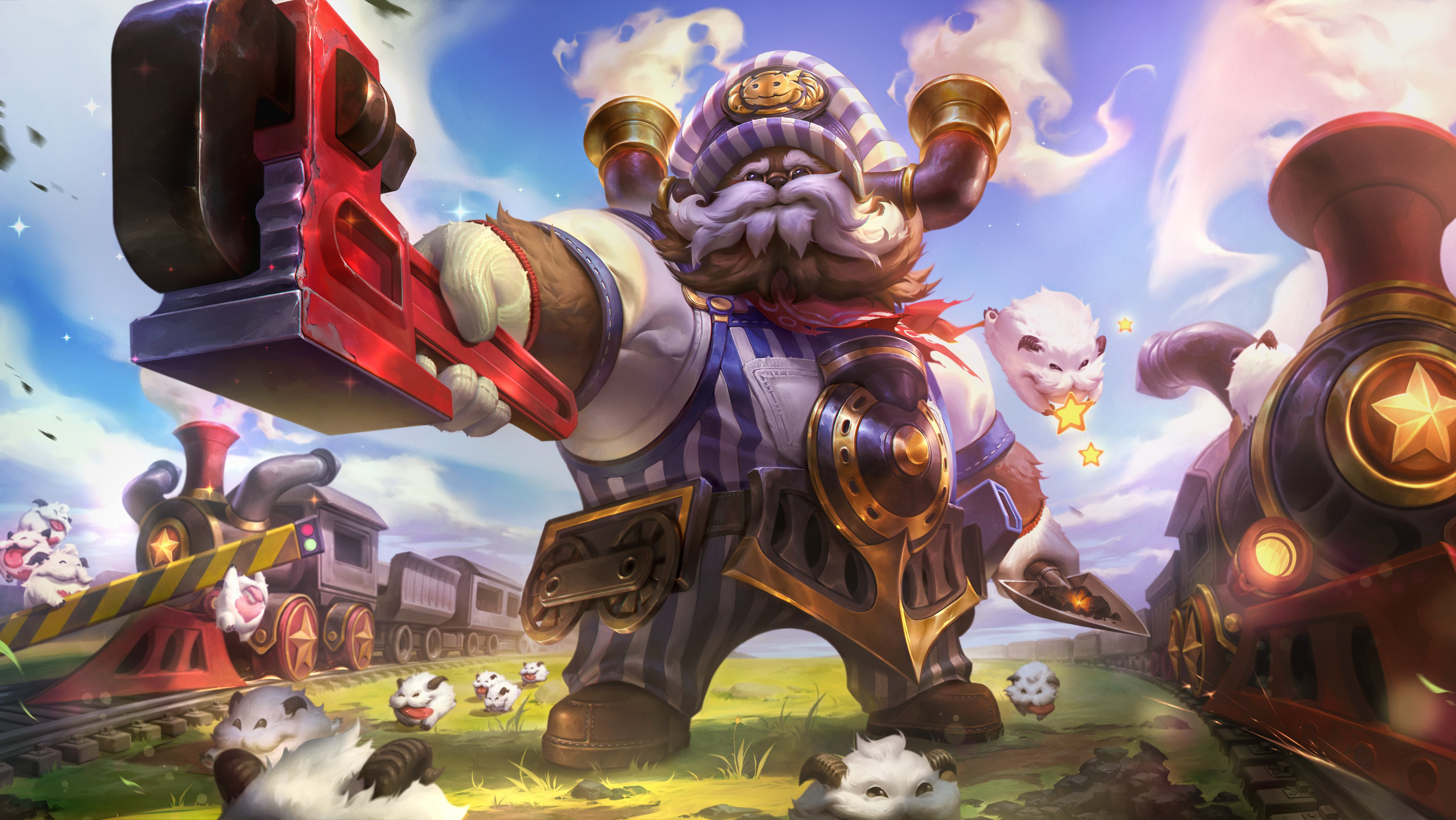
Another ongoing challenge has been maintaining the balance between innovation and stability. With each update, the studio aims to introduce new elements without compromising competitiveness — a complex task in a game featuring so many interdependent characters and mechanics.
A Legacy That Keeps Growing
Today, after 16 years, League of Legends remains one of the most-played video games in the world and a cornerstone of the esports scene. Its success lies in a formula that combines accessibility, competition, and storytelling, supported by an active global community and a company that has evolved alongside its audience.
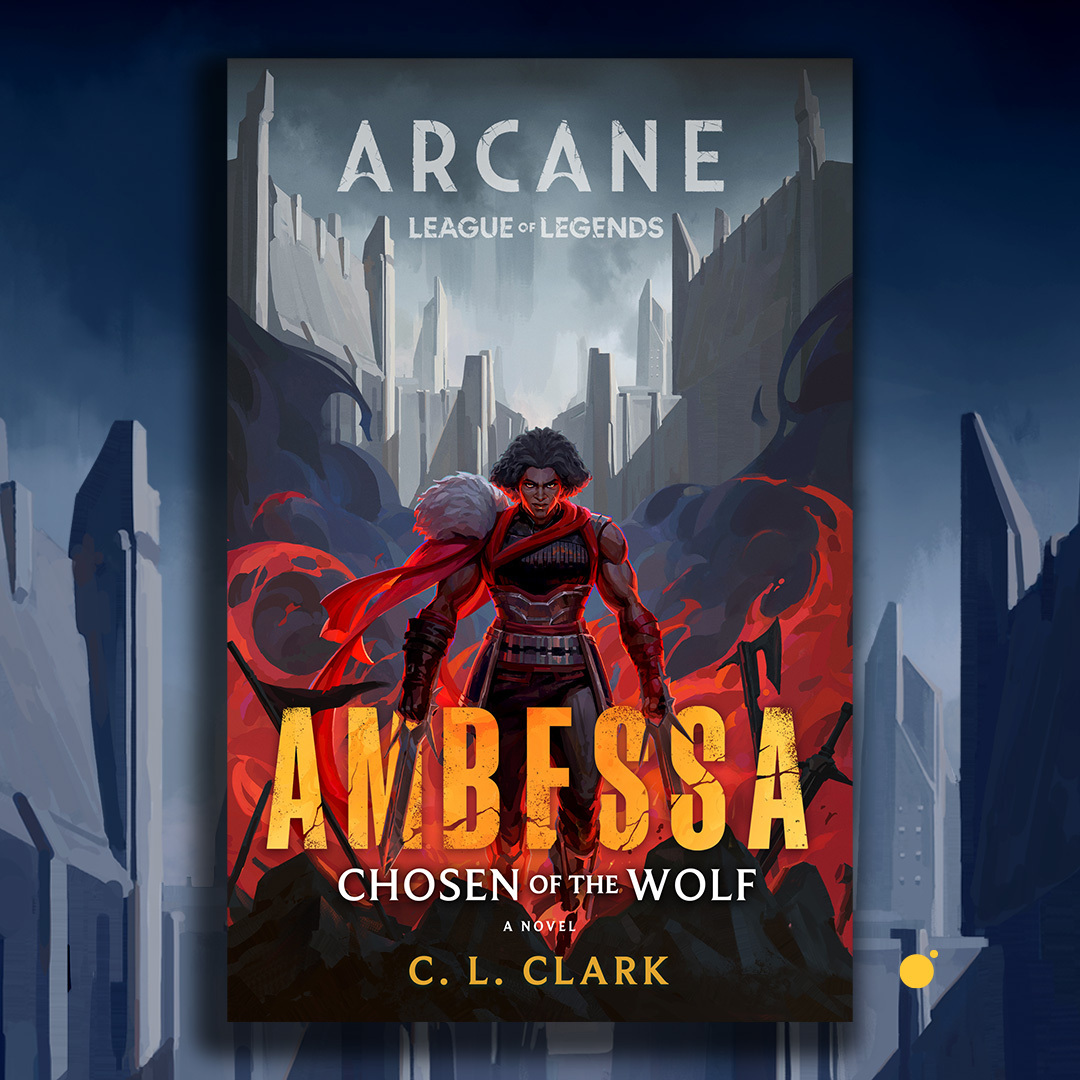
The 16th anniversary not only highlights the longevity of a title but also the consolidation of a cultural universe that transcends gaming — a clear example of how consistency, innovation, and community engagement can sustain a franchise for over a decade.
6
0
NEWSLETTER
Subscribe!
And find out the latest news
Other news you might be interested in
Etiquetas







